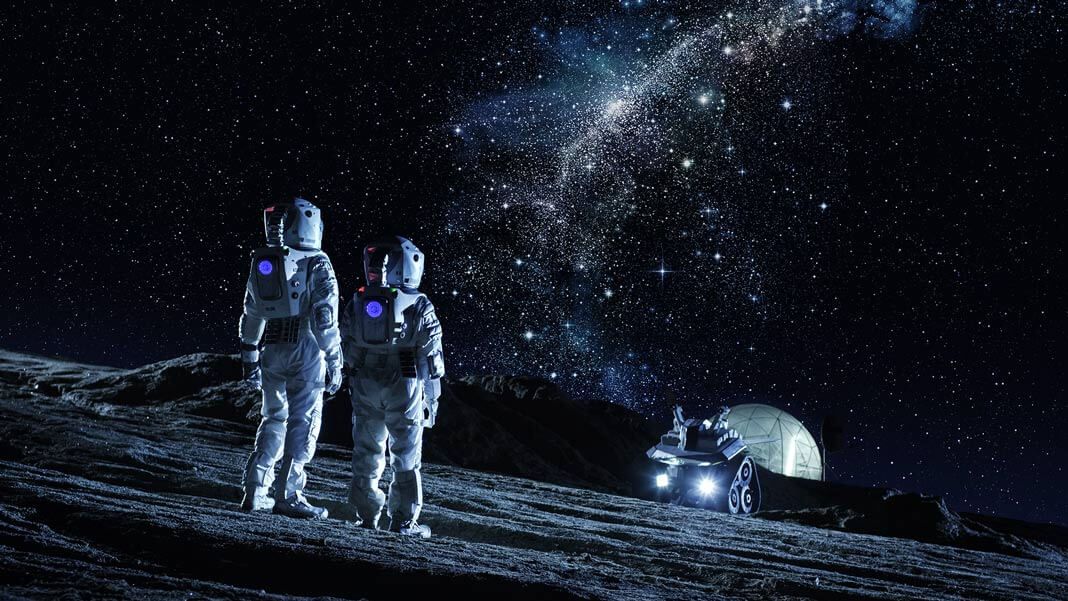It’s not like moon-walking astronauts don’t already have plenty of hazards to deal with. There’s less gravity, extreme temperatures, radiation—and the whole place is aggressively dusty. If that weren’t enough, it also turns out that the visual-sensory cues we use to perceive depth and distance don’t work as expected—on the moon, human eyeballs can turn into scam artists.
During the Apollo missions, it was a well-documented phenomenon that astronauts routinely underestimated the size of craters, the slopes of hilltops, and the distance to certain objects. Objects appeared much closer than they were, which created headaches for mission control. Astronauts sometimes overexerted themselves and depleted oxygen supplies in trying to reach objects that were further than expected.
This phenomenon has also become a topic of study for researchers trying to explain why human vision functions differently in space, why so many visual errors occurred, and what, if anything, we can do to prepare the next generation of space travelers.









Comments are closed.